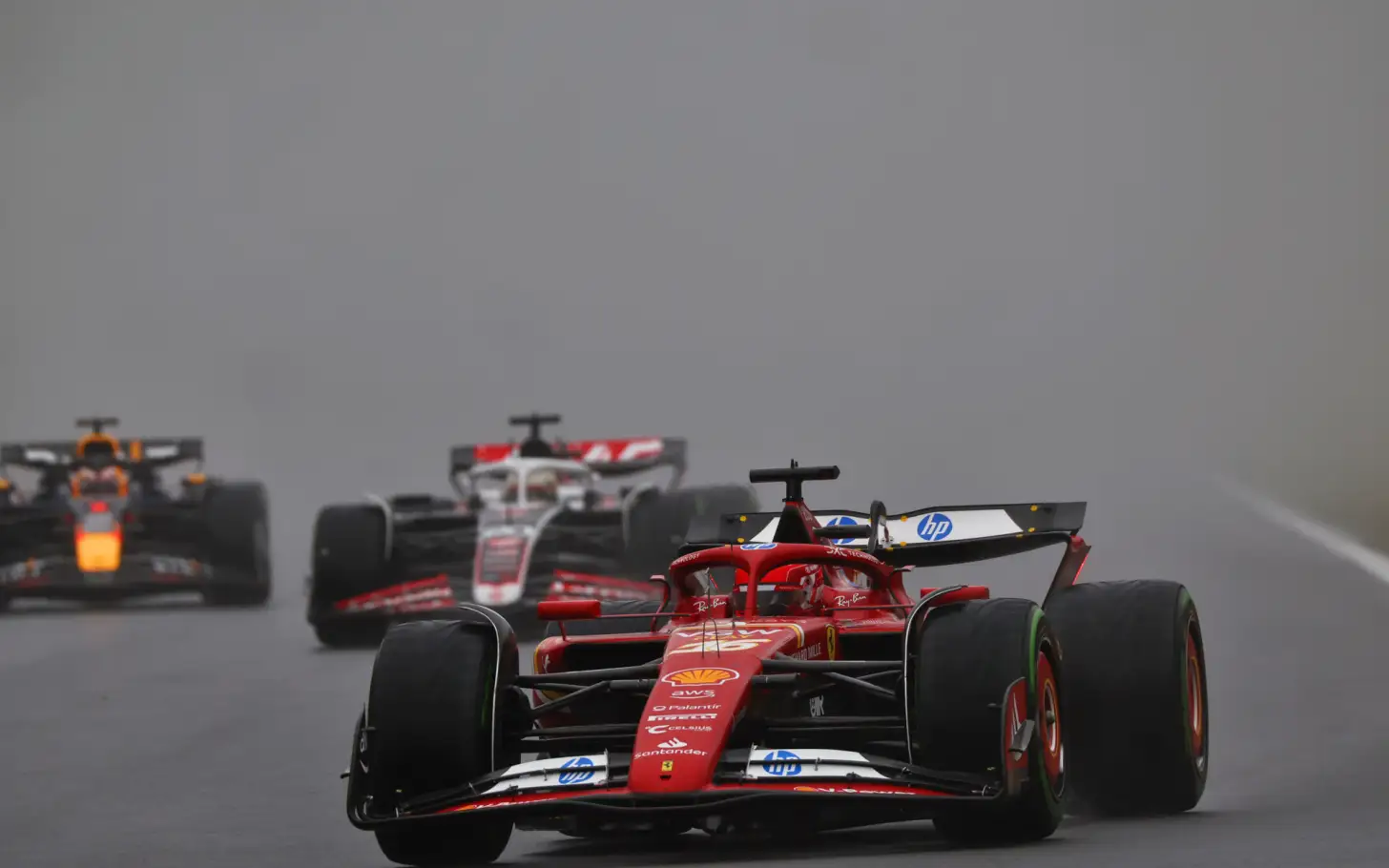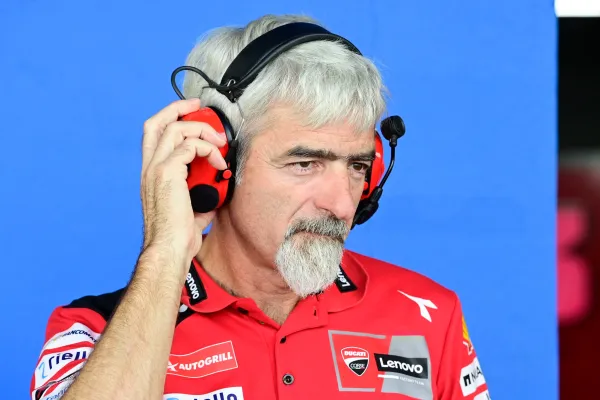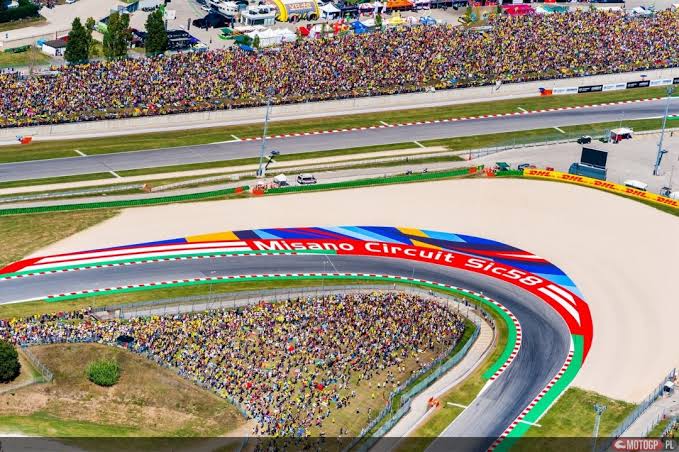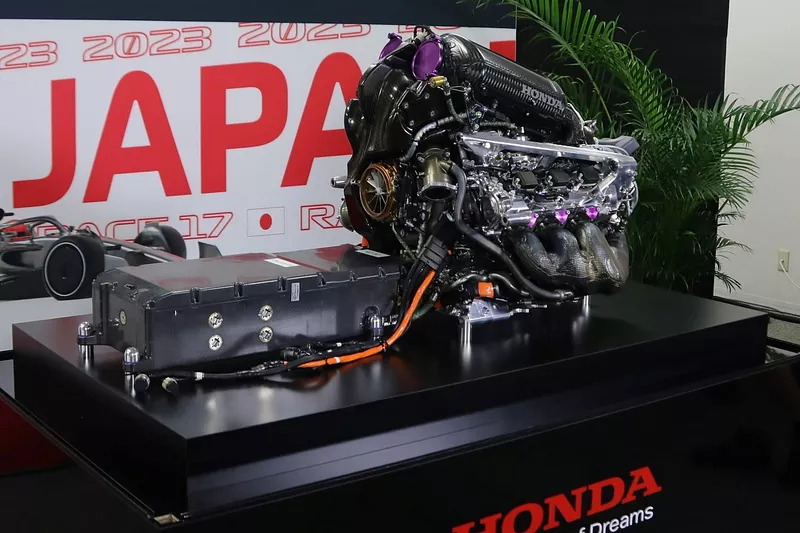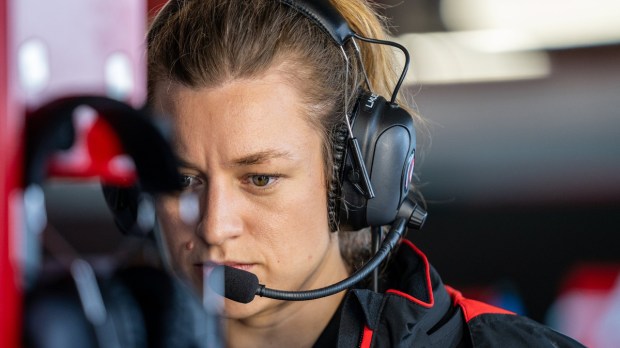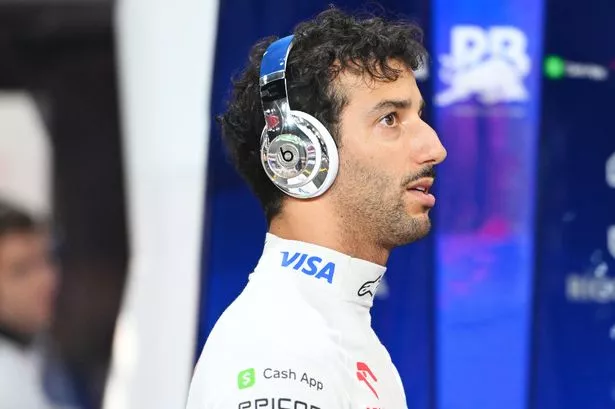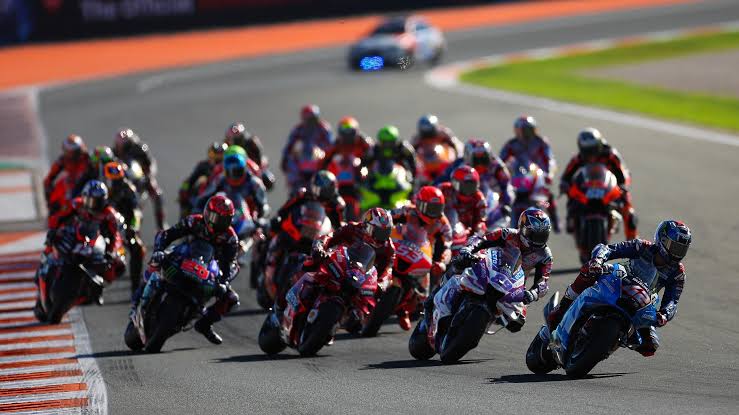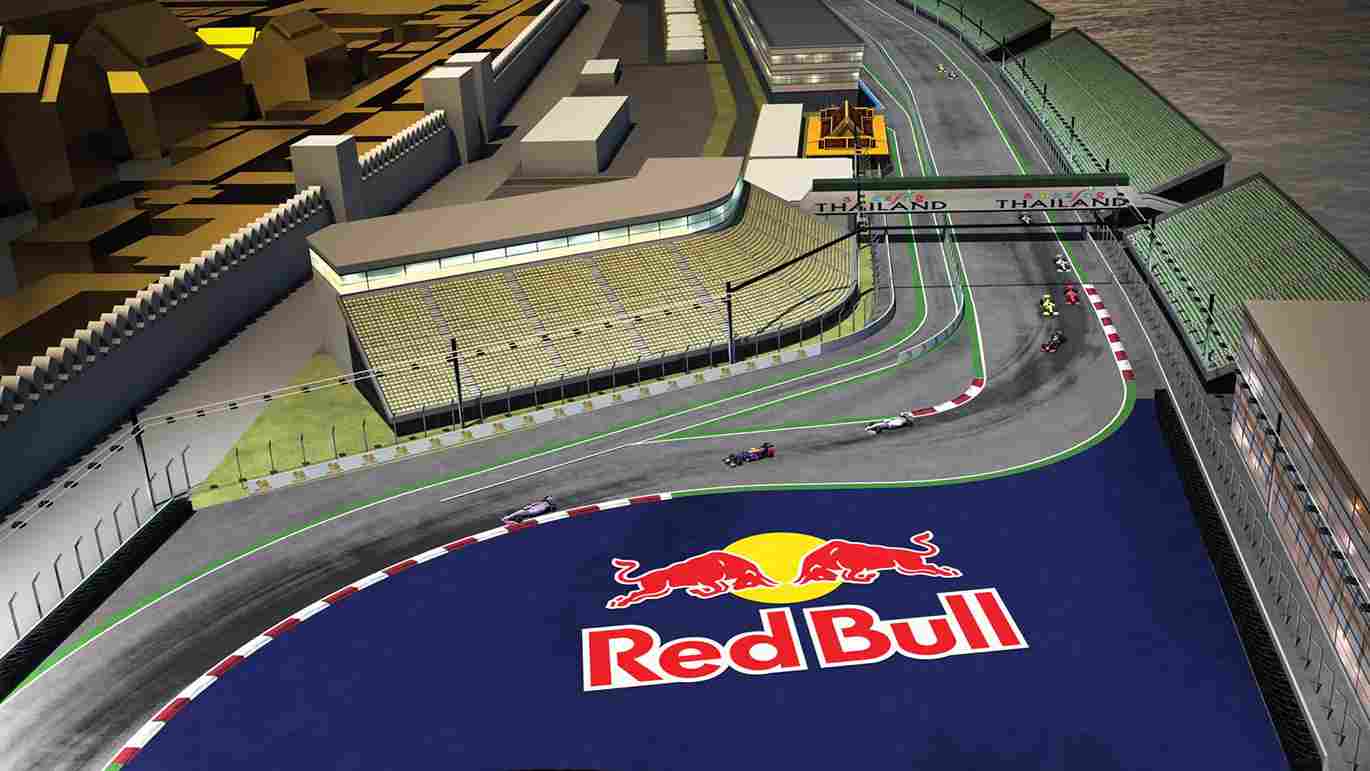Hamilton’s Ferrari Debut: A Challenging Start with the Legendary Team
When Lewis Hamilton made his Ferrari debut at the Australian Grand Prix, the expectations were sky-high. As one of the most successful drivers in Formula 1 history, the thought of him getting behind the wheel of the legendary red car had fans and pundits alike buzzing with excitement. But despite his world-class talent and extensive experience, Hamilton’s first race with Ferrari didn’t go as planned. Finishing in eighth place, Hamilton’s performance was far from the podium finishes that many had predicted.
The seven-time world champion expressed difficulties in adapting to Ferrari’s car, particularly with its wet-weather settings, which threw him off during the race. The race was a steep learning curve for Hamilton, reminding us that even the most experienced drivers face challenges when adjusting to a new team and car. In this article, we’ll break down Hamilton’s debut with Ferrari, delve into the challenges he encountered, and explore the road ahead for the British driver.
A New Beginning for Hamilton
Lewis Hamilton‘s move to Ferrari was one of the most talked-about changes in recent F1 history. With his contract with Mercedes expiring, rumors swirled about Hamilton’s potential switch to one of the most iconic teams in motorsport. Ferrari has always been a team associated with passion, history, and success, making it a dream destination for many drivers. But for Hamilton, the change wasn’t just about joining a prestigious team—it was about taking on a new challenge in the twilight years of his career.
After several years of dominance with Mercedes, where he became the most successful driver in the hybrid era, joining Ferrari brought new obstacles. The car setup, the team’s dynamics, and the constant pressure of racing for Ferrari all created an environment where Hamilton had to adapt quickly. The Australian Grand Prix marked his first real test.
The Challenges in the Australian Grand Prix
Hamilton’s race at the Australian Grand Prix was far from smooth. He finished in eighth place, which was a far cry from the podium finishes that fans had hoped for. As the race unfolded, it became clear that Hamilton struggled with the car’s settings, particularly in wet conditions.
When racing in the rain, drivers rely heavily on a precise car setup to navigate the slick and unpredictable surface of the track. This is where Hamilton found himself facing difficulties. In his post-race comments, Hamilton admitted that he was not yet familiar with the wet-weather settings of the Ferrari car. This lack of familiarity with the car’s behavior in changing weather conditions presented a significant challenge, as the race took place under unpredictable weather patterns.
For a driver of Hamilton’s calibre, it must have been frustrating to experience such a steep learning curve. Even after years of success, adjusting to a new car and understanding its nuances can take time. This is a reminder that, regardless of how experienced a driver is, no one can escape the hurdles of change in Formula 1. The first race with a new team, especially one as demanding as Ferrari, is always going to be a challenge.
Ferrari’s Car and the Wet-Weather Struggles
The wet conditions were a key factor in Hamilton’s difficulties. Ferrari, known for its bold and aggressive car setups, had designed a car that could perform well in dry conditions, but the wet-weather configuration seemed to throw a wrench in Hamilton’s plans.
During the race, Hamilton struggled to find the right balance in the car, as the tyres and car setup didn’t seem to be delivering the desired grip and stability. He noted that the Ferrari car’s balance was much different from his previous Mercedes car, making it difficult to handle when conditions changed rapidly. This resulted in him losing places during the race, ultimately finishing in eighth.
It’s important to understand that Hamilton’s difficulties weren’t necessarily due to a lack of skill or experience. Rather, it was a matter of adjusting to a completely different car with a different philosophy. Every F1 car is unique, and while the basics remain the same, small differences in aerodynamics, engine power, and car balance can make a huge impact on a driver’s performance. Hamilton’s battle to adjust to these nuances highlights the complexity of driving in Formula 1, where even the slightest error can lead to significant setbacks.
What Went Wrong During Qualifying?
The issues for Hamilton didn’t start in the race itself. They were evident during qualifying, where Hamilton’s lap times were slower than expected. He qualified well outside the top spots, something that fans and analysts alike hadn’t anticipated from the Mercedes veteran.
Hamilton’s difficulty in adapting to Ferrari’s car was evident throughout the weekend, with the qualifying session being a key example of his challenges. In qualifying, Hamilton struggled to extract the full potential of the Ferrari car, especially as the weather conditions shifted. Unlike his usual commanding performances in qualifying, where he’s often able to extract maximum performance from his car, Hamilton seemed off the pace during the Australian Grand Prix weekend.
This served as a stark reminder of how quickly things can change in Formula 1. No matter how experienced or talented a driver is, the ability to adjust to a new team and a new car requires time and patience. The performance in qualifying was not a reflection of Hamilton’s true capabilities, but rather a glimpse into the tough journey he faces as he gets accustomed to Ferrari.
The Road Ahead for Hamilton and Ferrari
Although Hamilton’s debut race with Ferrari didn’t go according to plan, it’s important not to jump to conclusions. One race doesn’t define a season, and one race certainly doesn’t define a driver’s abilities. For Hamilton, this is just the beginning of a long journey with Ferrari. His experience and determination are bound to play a huge role in how quickly he adapts to the team and its car.
In Formula 1, things can change rapidly. Ferrari’s engineers will undoubtedly work closely with Hamilton to help him adjust to the car, and we can expect to see improvements in subsequent races. As Hamilton becomes more familiar with the car’s settings and capabilities, it’s likely that his performance will improve.
Additionally, the Ferrari team will look to tweak their car setups to suit Hamilton’s driving style. Successful partnerships between drivers and teams often come down to communication, trust, and a mutual understanding of the car’s strengths and weaknesses. Hamilton’s challenges in the Australian Grand Prix are simply part of the process, and it’s likely that both he and Ferrari will grow stronger as the season progresses.
Hamilton’s legacy as one of the best drivers in F1 is secure, but his move to Ferrari is about proving that he can continue to adapt, learn, and compete at the highest level, no matter the circumstances.
Lewis Hamilton’s Ferrari debut at the Australian Grand Prix was a difficult one, marked by challenges with the wet-weather settings of the car and an unfamiliar car setup. Finishing eighth in his first race with Ferrari was not what fans had hoped for, but it’s crucial to remember that Formula 1 is a sport full of unpredictability. Hamilton’s extensive experience and skill mean that he’ll likely bounce back from this setback, and as he adjusts to Ferrari’s car, we can expect his performance to improve.
Ferrari’s iconic red car and its history are a new chapter for Hamilton. While the debut race didn’t go according to plan, it’s only the beginning of what could be an exciting and challenging journey. Hamilton’s future with Ferrari is still wide open, and his ability to learn from the setbacks he faced at the Australian Grand Prix will be crucial in shaping his success with the team. This is just the start of his Ferrari adventure, and there’s still much more to come. As fans, we can only look forward to the journey ahead—hoping for more memorable performances and an exciting season filled with surprises.


